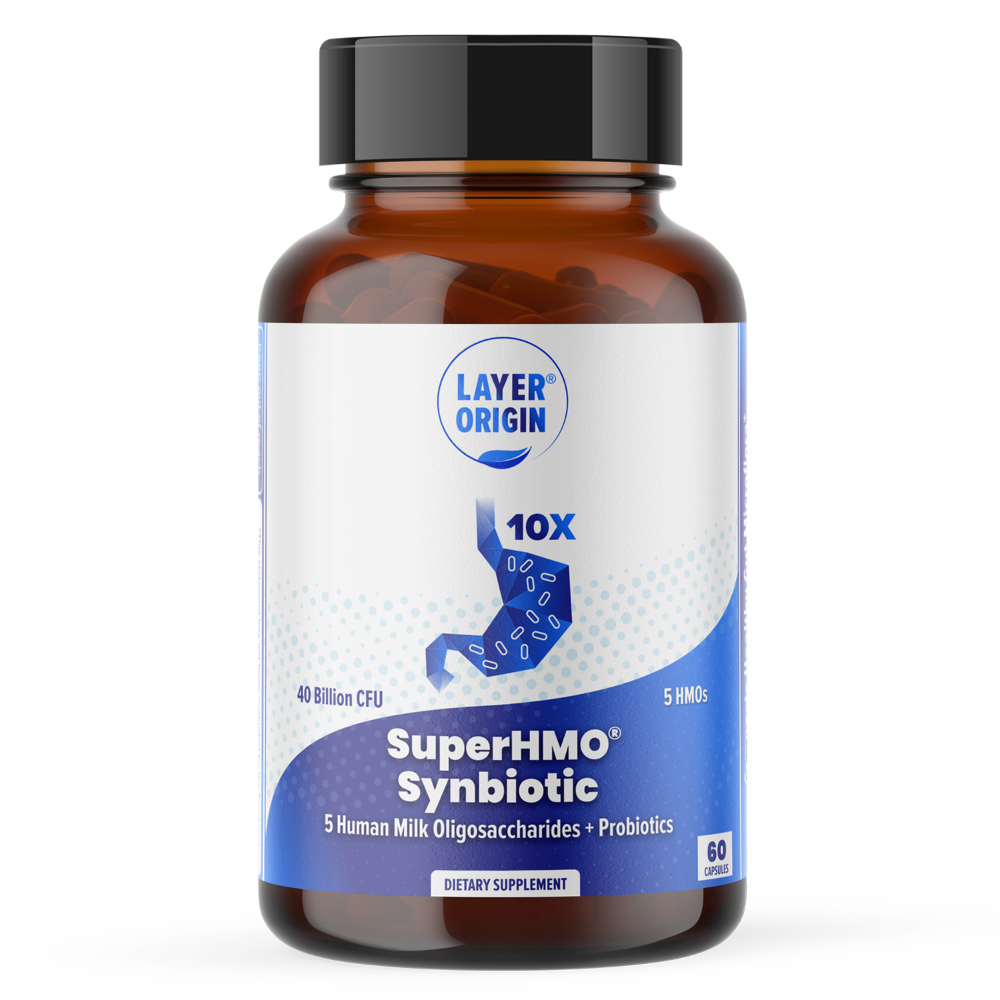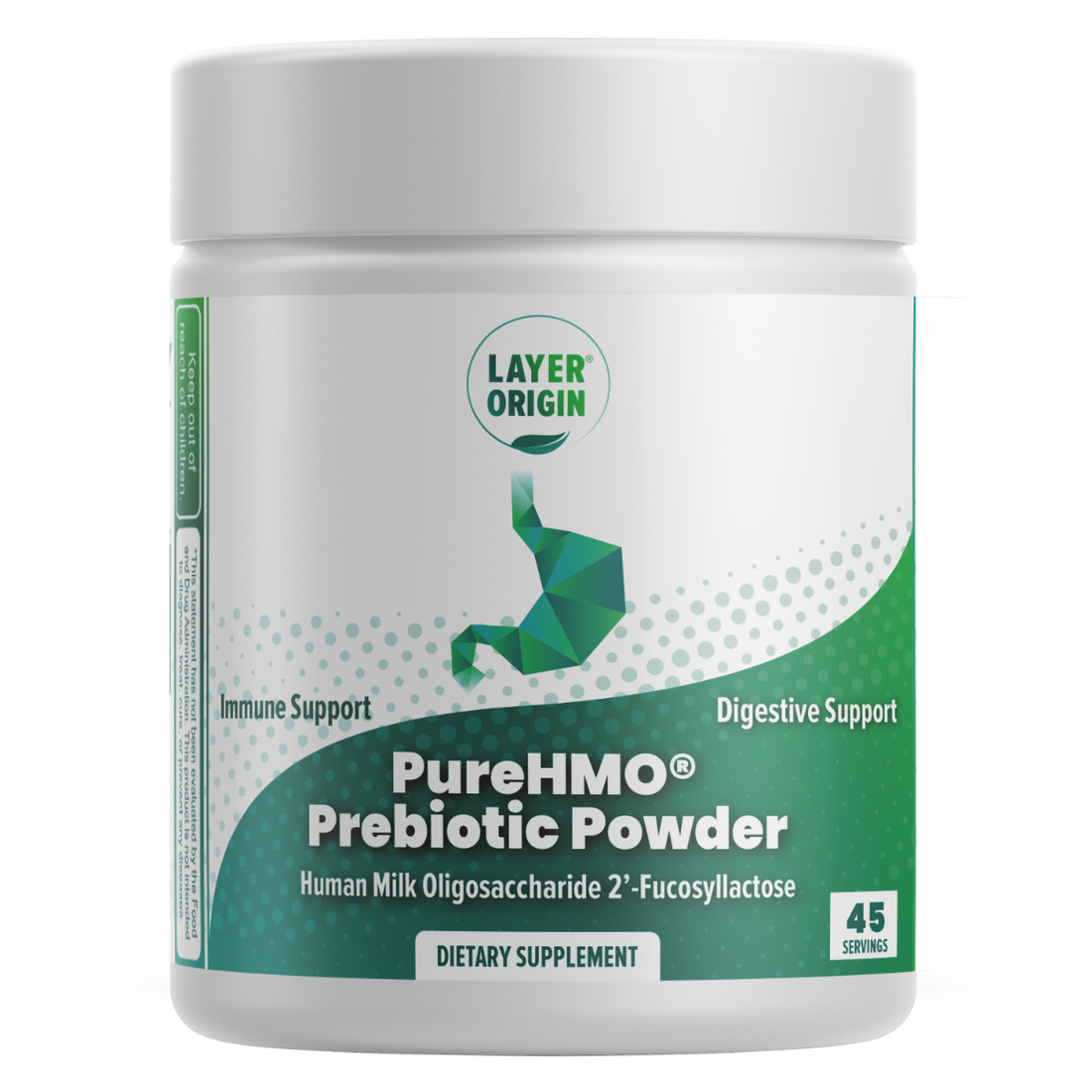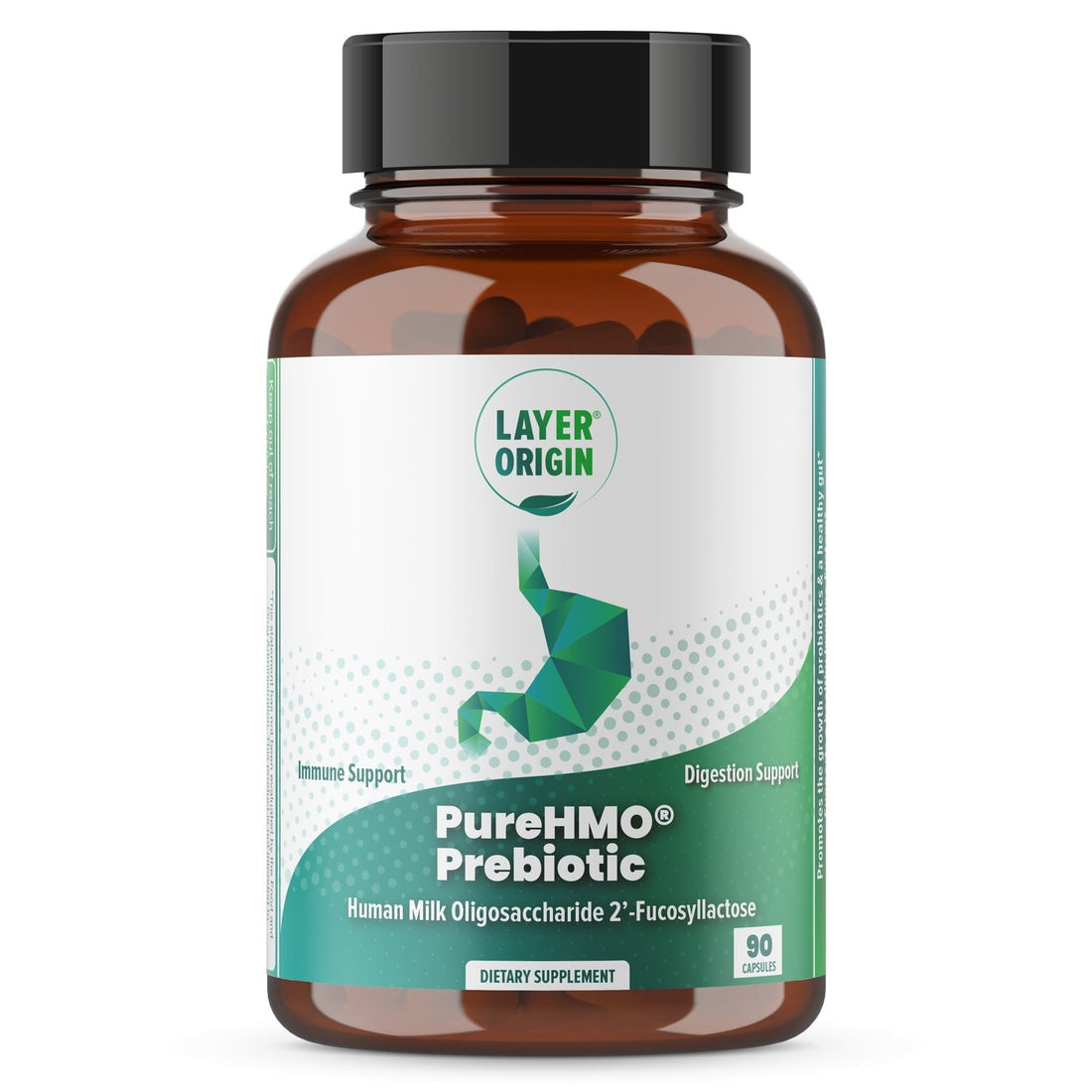The gut microbiome—the microbes, particularly bacteria, which live in the gut—has gained serious attention in the last couple of decades because of its influences on health and disease. But what about the gut mycobiome? Here, we explore this small subsection of the microbiome, specifically looking at the fungal inhabitants of the gut and how they influence our everyday health.
Content Outline
- Introduction
- The gut mycobiome composition throughout life
- What factors affect gut mycobiome composition?
- Factors affecting gut mycobiome composition
- The effects of fungi on host health via protective immunity
- Future considerations and conclusion
Introduction
Back in 2007, the Human Microbiome Project was launched, enabling extensive research into the bacteria associated with health and disease, and allowing researchers to ascertain how some bacteria interact with their host. Today, there are thousands of studies exploring the many microbiomes of the body, including pulmonary, vaginal, endocrine, and most notably, the gut.
Yet, bacteria are just one albeit large portion of the intestinal ecosystem, but there is an emerging community of microbes known to have critical roles in many environmental settings, especially within the soil. They are fungi. However, how they contribute to human and mammalian health is relatively unclear. Yet, they exist in vast numbers on and within our bodies, suggesting a crucial purpose or purposes.
So, in this article, using a review paper published in the Cell Host and Microbe journal earlier this year, we’ll investigate some of the known fungi within the gastrointestinal tract, in the hope that we can better understand how they benefit the health of their host.
What is the gut mycobiome?
The gut mycobiome is the fungal section of the gut microbiome, the community of microbes, including bacteria, archaea, fungi, and viruses, which inhabit the gastrointestinal tract, particularly the colon.
The mycobiome is a tiny part of the collective microbiome, making up around 1% of the total colonic community[i]. However, emerging research suggests that although it’s small, the mycobiome is mighty and could have crucial roles in regulating balance as well as supporting many of the physiological processes occurring within the body.
The gut mycobiome composition throughout life
One of the key differences between the gut microbiome and mycobiome is that the bacterial community appears to remain stable across healthy individuals who share the same age and a similar environment. However, the mycobiome seems to have a high level of variability between individuals and within individuals at different ages.

Figure 1. Gut fungi are initially diverse and abundant, decreasing to fewer genera, while bacteria increase in diversity before stabilizing.
Seeding the gut mycobiome
The gut mycobiome starts developing at birth, with initial colonizers often from the Candida and Saccharomyces genera. Birth mode affects initial fungal composition; vaginally born infants typically have more Candida, while cesarean-born infants have higher Malassezia or Saccharomyces[ii]. Breastfeeding also aids in fungal seeding, with variations depending on geography and infant age. Sex influences colonization, as girls tend toward Candida dominance, while boys have more Penicillium.
How the mycobiota matures
In infancy, fungal abundance rises, but diversity narrows, and is eventually dominated by key taxa by 18 months. Higher early-life fungal diversity correlates with increased BMI and poorer metabolic outcomes, unlike bacterial diversity, which promotes health. Research on fungal diversity and its long-term health effects is ongoing[iii].
What factors affect gut mycobiome composition?

Figure 2. Gut mycobiome through the ages. The gut mycobiome shifts with age: Candida dominates early life, adults have low diversity, while Penicillium, Candida, and Aspergillus dominate in older adults.
In summary:
- Adult mycobiome shows low diversity.
- Dominant fungi in adults: Candida, Saccharomyces, Malassezia, Penicillium, Aspergillus.
- Centenarians have a balanced Aspergillus, Penicillium, and Candida profile, possibly linked to longevity.
- Candida enterotype is common in older adults and linked to higher disease risk.
- Further research is needed on fungal strains’ roles in health and disease across life stages.
Factors affecting mycobiome composition
The composition of the human gut mycobiome is extremely variable both between and within individuals. Some of this variation can be attributed to external factors like diet, and antibiotic use as well as intrinsic factors like age and immunity.

Figure 3. Intrinsic and extrinsic factors influence the fungal mycobiome's composition and function.
Fungal interactions with bacteria
Although host fungal-bacterial interactions are not yet fully understood, recent research suggests that specific bacteria and fungi coexist in a potentially mutualistic or competitive way. These relationships form from birth and increase in complexity throughout infancy. New techniques like MKSpikeSeq enables scientists to analyse these relationships more deeply, and discover that the infant bacteriome is relatively stable with dominating species, such as:
- Klebsiella
- Enterococcus
- Escherichia
- Staphylococcus
Whereas the fungal community is less predictable and species like Candida albicans can inhibit the growth of Klebsiella and Escherichia, whilst being inhibited itself by Staphylococcus[iv].
Probiotics like Bifidobacteria and Lactobacillus keep Candida levels in check by preventing their growth and biofilm formation[v]. While bacterial fermentation products like short-chain fatty acids can also inhibit Candida albicans growth. On the other hand, some bacteria like Bacteroides thetaiotaomicron benefit from the environmental conditions some fungi produce and promote fungal growth by increasing mucin production, a key carbon source for some fungi[vi].
Did you know? Mucin is a major energy source for the next-generation probiotic Akkermansia muciniphila.
Antibiotic and antifungal use
Antibiotics and antifungal medications have a profound impact on the composition on the gut microbiome and the mycobiome, often leading to fungal imbalances and an increased risk of disease.
- Antibiotics: Alter fungal-bacterial balance, especially increasing Candida
- Perinatal antibiotics: Can disrupt newborn mycobiome, affecting natural fungal-bacterial networks.
- Antifungal treatments: Can lead to yeast depletion increasing the risk of respiratory issues.
- Antifungal resistance: Growing issue; some pathogenic fungi develop resistance, complicating treatment.
- Research directions: Targeting fungi via bacteria-produced mechanisms or mycoviruses as potential new therapies.
Host immunity
One of the most important and strongest influences on the gut mycobiome is your immune system. The table below summarises some of the research that has identified the detection and shaping mechanisms immune cells employ to promote a healthy mycobiome.
|
Fungi detection |
Receptors like Dectin-1 and Dectin-2 detect fungal cell wall components triggering an immune response depending on the fungal morphology. |
|
Dectin-1 |
Dectin-1 can differentiate between yeast and hyphae forms of Candida albicans, shaping immune responses to prevent harmful infections. |
|
Mincle receptor |
Mincle is another type of receptor that can bind to Malassezia species and other specific fungi, to signal a certain inflammatory response. |
|
Cross-talk and complexity |
Diverse immune response can be initiated when multiple receptors recognise the same fungi. |
Understanding these immune pathways is important and could enable therapeutic targeting of fungal infections.
The effects of fungi on host health via protective immunity
Research shows that the mycobiota can worsen conditions such as metabolic dysfunction, inflammatory bowel disease (IBD), and certain cancers through immune system modulation. However, healthy people carry diverse fungi which suggests that these commensal species can offer some health benefits.
Pathogenic infection
Studies involving ‘pet shop’ and rewilded laboratory mice that have been exposed to diverse environmental microbes demonstrate that commensal fungi can strengthen immunity against pathogens in a similar fashion to humans[vii]. For example, research has shown:
- Rewilded mice gained diversity – increased abundance of Aspergillus which protect against Staphylococcus aureus infections[viii].
- Increased colonization of Candida albicans and Saccharomyces cerevisiae supports immunity against bacterial and viral infections[ix] [x].
- Gut adapted albicans lose their virulence to further enhance immunity[xi].
IBD
Two studies have shown that commensal fungi can have a protective effect against IBD in mice models. The results are summarized below:
- Study 1: Antibiotics given to dextran sodium sulfate (DSS)-induced colitis mice increased mortality rates but introducing Candida albicans reduced this risk by replacing intestinal bacteria and protecting against mucosal tissue injury and positively influencing the response of circulating immune cells[xii].
- Study 2: Fungal communities differ in location: mucosa-associated fungi (MAF) mainly include Candida and Saccharomyces while luminal fungi include environmental species like MAF species protect against intestinal injury and infection through the production of IL-22 by CD4+ T helper cells. They also improved survival during the antibiotic depletion of the gut microbiota and reduced intestinal barrier permeability[xiii].
Therefore, these studies suggest that the interactions between bacteria and fungi can have important consequences for IBD.
Future considerations and conclusion
The gut mycobiome is a small but crucial subsection of the human gut microbiome. Although the research into the fungal inhabitants of the gastrointestinal tract is in its infancy, early research suggests that resident gut fungi are important contributors to a healthy immune response and may have further health benefits. Yet, much more research needs to be conducted for us to fully understand the extent to which fungi contribute to health and disease.
Interested in proactively looking after your gut microbiota? Explore our range of PureHMO® products.
Written by: Leanne Edermaniger, M.Sc. Leanne is a professional science writer who specializes in human health and enjoys writing about all things related to the gut microbiome.
Sources:
[i] Lai S, Yan Y, Pu Y, Lin S, Qiu J-G, Jiang B-H, et al. Enterotypes of the human Gut Mycobiome. Microbiome. 2023 Aug 11;11(1). doi:10.1186/s40168-023-01586-y
[ii] Turunen J, Paalanne N, Reunanen J, Tapiainen T, Tejesvi MV. Development of gut mycobiome in infants and young children: A prospective cohort study. Pediatric Research. 2023 Jan 20; doi:10.1038/s41390-023-02471-y
[iii] Gutierrez MW, Mercer EM, Moossavi S, Laforest-Lapointe I, Reyna ME, Becker AB, et al. Maturational patterns of the infant gut mycobiome are associated with early-life body mass index. Cell Reports Medicine. 2023 Feb;4(2):100928. doi:10.1016/j.xcrm.2023.100928
[iv] Rao C, Coyte KZ, Bainter W, Geha RS, Martin CR, Rakoff-Nahoum S. Multi-kingdom ecological drivers of microbiota assembly in preterm infants. Nature. 2021 Feb 24;591(7851):633–8. doi:10.1038/s41586-021-03241-8
[v] Matsubara VH, Bandara HM, Mayer MP, Samaranayake LP. Probiotics as antifungals in mucosal candidiasis. Clinical Infectious Diseases. 2016 Jan 29;62(9):1143–53. doi:10.1093/cid/ciw038
[vi] Fox EP, Cowley ES, Nobile CJ, Hartooni N, Newman DK, Johnson AD. Anaerobic bacteria grow within candida albicans biofilms and induce biofilm formation in suspension cultures. Current Biology. 2014 Oct;24(20):2411–6. doi:10.1016/j.cub.2014.08.057
[vii] Beura LK, Hamilton SE, Bi K, Schenkel JM, Odumade OA, Casey KA, et al. Normalizing the environment recapitulates adult human immune traits in laboratory mice. Nature. 2016 Apr;532(7600):512–6. doi:10.1038/nature17655
[viii] Yeung F, Chen Y-H, Lin J-D, Leung JM, McCauley C, Devlin JC, et al. Altered immunity of laboratory mice in the natural environment is associated with fungal colonization. Cell Host & Microbe. 2020 May;27(5). doi:10.1016/j.chom.2020.02.015
[ix] Jiang TT, Shao T-Y, Ang WXG, Kinder JM, Turner LH, Pham G, et al. Commensal fungi recapitulate the protective benefits of intestinal bacteria. Cell Host & Microbe. 2017 Dec;22(6). doi:10.1016/j.chom.2017.10.013
[x] Doron I, Leonardi I, Li XV, Fiers WD, Semon A, Bialt-DeCelie M, et al. Human Gut Mycobiota tune immunity via CARD9-dependent induction of anti-fungal IGG antibodies. Cell. 2021 Feb;184(4). doi:10.1016/j.cell.2021.01.016
[xi] Tso GH, Reales-Calderon JA, Tan AS, Sem X, Le GT, Tan TG, et al. Experimental evolution of a fungal pathogen into a gut symbiont. Science. 2018 Nov 2;362(6414):589–95. doi:10.1126/science.aat0537
[xii] Jiang TT, Shao T-Y, Ang WXG, Kinder JM, Turner LH, Pham G, et al. Commensal fungi recapitulate the protective benefits of intestinal bacteria. Cell Host & Microbe. 2017 Dec;22(6). doi:10.1016/j.chom.2017.10.013
[xiii] Leonardi I, Gao IH, Lin W-Y, Allen M, Li XV, Fiers WD, et al. Mucosal fungi promote gut barrier function and social behavior via type 17 immunity. Cell. 2022 Mar;185(5). doi:10.1016/j.cell.2022.01.017








